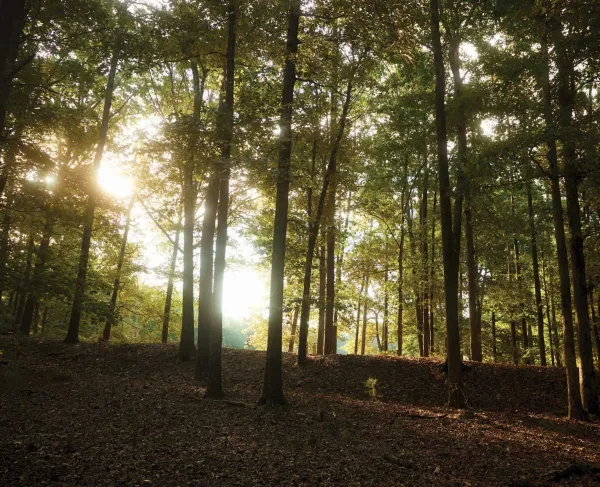These Hallowed Grounds

On August 25, 1916, with the stroke of President Woodrow Wilson’s pen, the National Park Service sprang into being, with a mandate “to conserve the scenery and the natural and historic objects and wildlife” of the federal lands placed under its control. Today, the NPS umbrella includes four battlefield parks, nine national military parks and a dozen national battlefields and sites — plus dozens of other historic sites and historical parks related to military history. Many of these parks have benefited from private groups, like the Civil War Trust, in creating and expanding their boundaries, at their origination and continuing to the present day.
Shiloh National Military Park
Antietam National Battlefield
Antietam National Battlefield, the second federal battlefield, was established in 1890 to commemorate the bloodiest single day of the Civil War. Unlike other parks, Antietam was a low-budget effort — an experiment in which the government purchased mostly just rights-of-way for a battlefield tour. The plan was ultimately abandoned, and the National Park Service has since acquired much of the 3,200-acre battlefield, but crucial land remains privately owned, with groups like the Civil War Trust working to protect it.
Guilford Courthouse National Military Park
On March 15, 1781, a British force under Lt. Gen. Charles Lord Cornwallis defeated an American army more than twice its size at the Battle of Guilford Courthouse. But it was a costly victory; Cornwallis lost a quarter of his force and retreated back into Virginia, where he ultimately surrendered at Yorktown. Although Guilford Courthouse National Military Park was established in 1917, the battlefield was gradually enveloped by the city of Greensboro. However, in recent years, the park has acquired and reclaimed more than 20 once-developed acres at the southeastern edge of the battlefield.
Minute Man National Historical Park
Minute Man National Historical Park honors and preserves the battlegrounds of April 19, 1775, the first day of the Revolutionary War. Established in 1959, its 970 acres include Concord’s North Bridge, the “Battle Road Trail” from Lexington to Concord, the site of Paul Revere’s capture and the location of Parker’s Revenge — which the Trust’s Campaign 1776 (now known as the Revolutionary War Trust, a division of the American Battlefield Trust) has helped preserve and study.
Fort McHenry National Monument and Historic Shrine
After burning Washington, D.C., in August 1814, the British moved on Baltimore by land and sea. For 27 hours on September 13–14, the British fleet pounded Fort McHenry at the entrance to the harbor, but the fort withstood the bombardment with little damage. When Francis Scott Key saw the large American flag still flying on the morning of September 14, he wrote the words that ultimately became “The Star-Spangled Banner,” our national anthem. Fort McHenry later served as a prison for Confederates captured at Gettysburg and as a military hospital during World War I.
After it was decommissioned from military service in 1925, Fort McHenry became a historic site under the War Department. It was re-designated as a National Monument and Historic Shrine — the nation’s only such doubly dedicated site — in 1939.
Fort Necessity National Battlefield
After defeating the French in a surprise attack at Jumonville Glen on May 28, 1754, in the first battle of the French and Indian Wars, Lt. Col. George Washington and his Virginians retreated to Great Meadows in western Pennsylvania (near present-day Farmington). Here they built a circular, wooden stockade that Washington named Fort Necessity. On July 3, 1754, this outnumbered force was attacked by 600 French regulars, plus militia and Indians, forcing Washington to surrender for the only time of his military career. The war soon escalated into the global conflict known as the Seven Years’ War.
See more features celebrating 100 years of the National Park Service in the Summer 2016 issue of the American Battlefield Trust's Hallowed Ground magazine »





